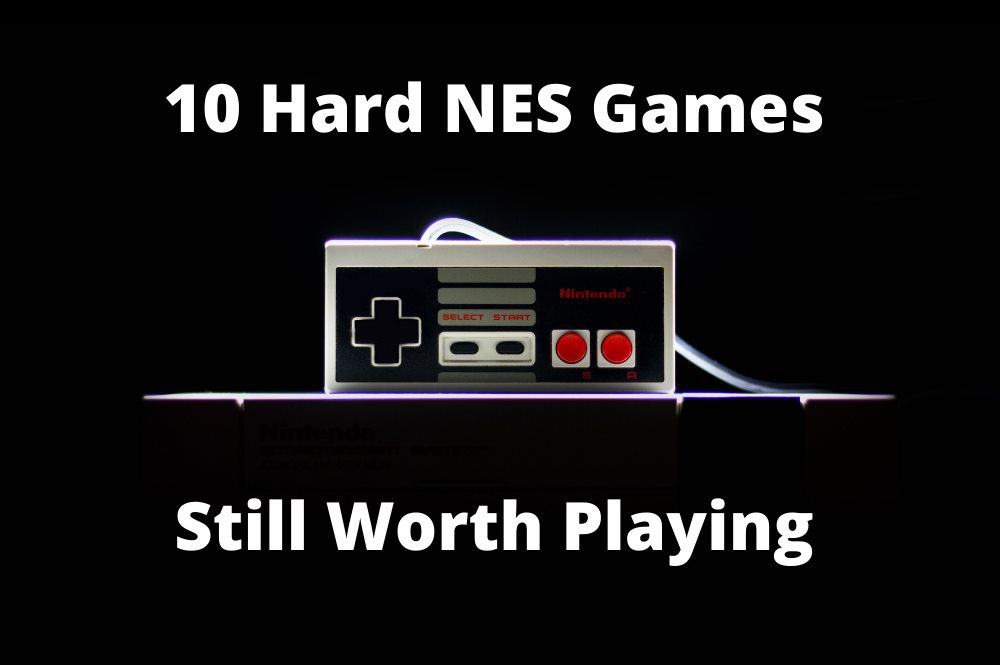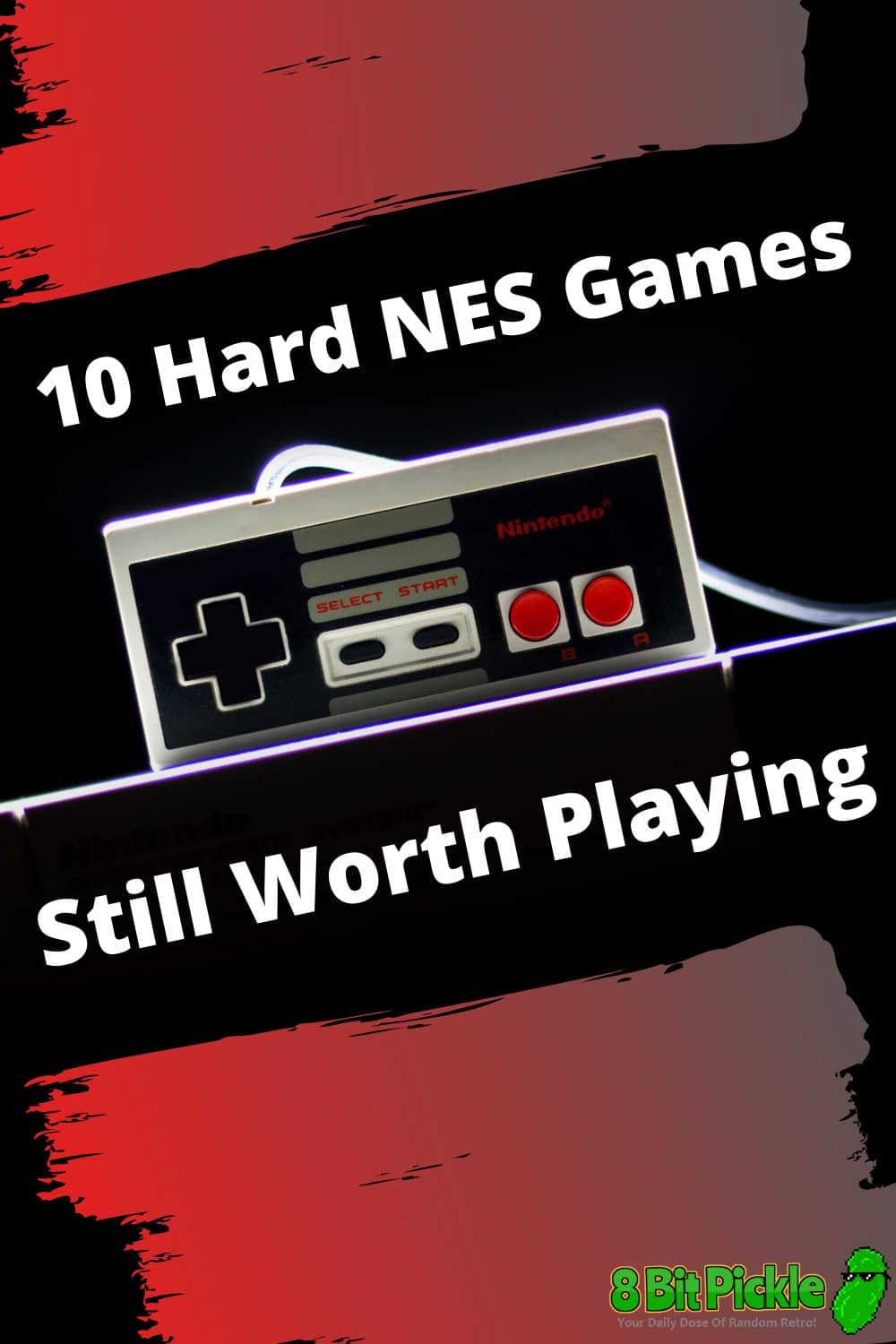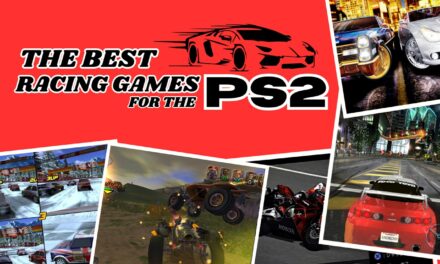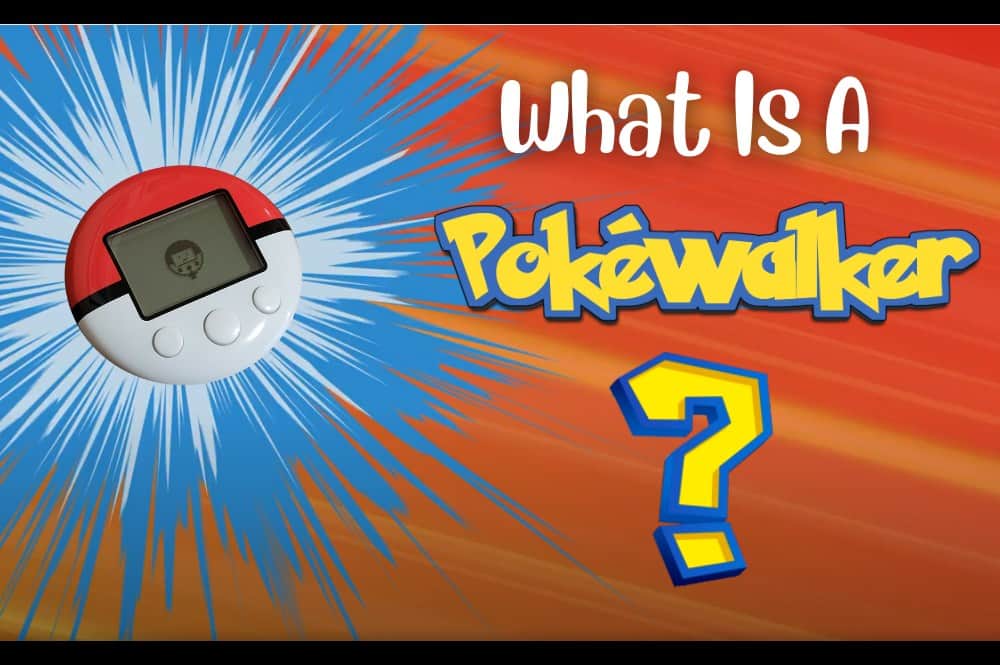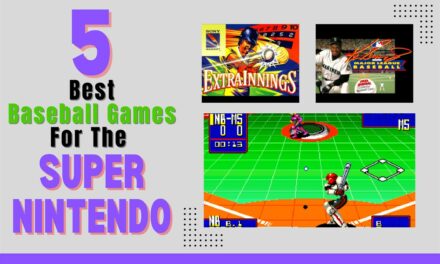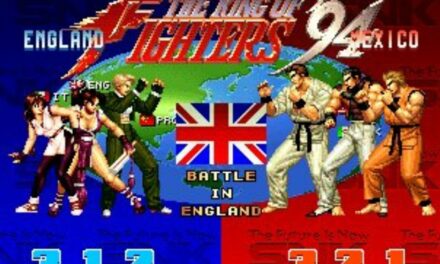One easy way to increase the lifespan of a game is to increase its difficulty. This was a particularly popular technique back in the day when consoles were less powerful and memory space was limited
The original NES had many of these games, so many in fact that the term “Nintendo hard” was coined to describe them.
In many cases, the difficulty of these games impeded their playability. Losing repeatedly, only to play the same segment over and over is not fun.
But there are some exceptions. There are some games that despite being notoriously difficult were still worth the challenge. Here are
10 Tough NES Games That Were Still Fun To Play
Rygar
Released in 1987 by Tecmo, the Japanese developer responsible for such fan-favorites as Dead or Alive, Ninja Gaiden, and Monster Rancher, Rygar is a game that, despite being brutally difficult, holds a very special place in my heart.
Rygar was originally released in 1986 for Japanese Arcade systems under the name of Warriors of Argus.
However, while the original arcade game was a standard 2D side-scroller, the NES version was a whole different beast with permanent power-ups and experience points.
In both versions, the player controls an immortal warrior who must battle through myriad fantastic lands in order to reach and defeat the evil King Ligar. This means that, for the most part, the game’s graphical and sound assets are the same in both versions.
However, the NES version was structured in an “open-ended” manner, and this allowed the player to choose the order in which to accomplish his goals.
Like other game’s on this list, Rygar’s perceived difficulty arose out of technical limitations of the NES: the game had to be beaten in one sitting because there were no passwords or saves; and, given how large the game was for its time, that feat was achieved by very few people.
Blaster Master
Released in 1988 to American audiences hungry for the next cool title to play on their shiny NES consoles, Blaster Master was critically acclaimed for the quality of its graphics, tight controls, and refreshing game design.
The game had two game modes, one in which you played it as a 2D side-scroller, and one in which you navigated through non-linear labyrinths from a top-down perspective.
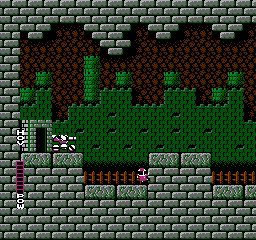
In both modes, you battled through hordes of mutants using your gun or by driving a powerful tank. Later levels in which you drove the tank also allowed you to drive up walls and ceiling.
It was all fantastically fun, but getting through its 8 short levels was damn near impossible for the average player.
The enemies had regenerating health if you reentered a screen, targeting was a bit off-centered, outside of the tank your weapons became weaker the more damage you took, and perhaps worst of all, the game had a limited number of continues and no password feature.
If you died towards the end, tough luck, you’d had to start all over again.
Castlevania III
Castlevania 3: Dracula’s Curse is considered one of the best games ever made, and while I attribute this assertion to nostalgia’s rose-tinted glasses, the game is certainly well worth your playtime.
However, playing it will certainly do a lot towards raising your blood pressure and stress levels, because its difficulty level is highly punishing.
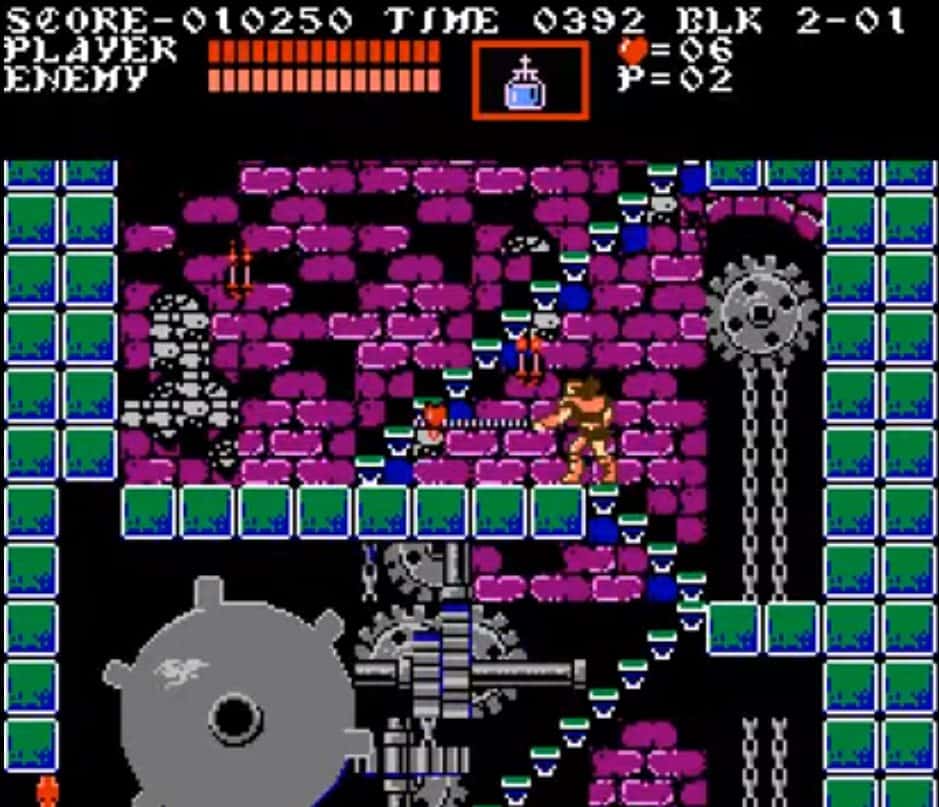
The game was published in 1990 and returned to the series platforming roots after the second game’s RPG-type experiment.
What truly set this game apart from the previous games in the franchise, and most other games on the market was its nonlinear design.
At several points during the game, the player would be given a choice of two different branching paths. As such, you could have entirely different playthroughs of the game by choosing different paths.
Combat was brutal thanks to unfair enemy spawn points, sloppy hit detection, and some of the cheapest bosses you will ever see.
The game was difficult from the beginning, but it ramped up dramatically around level 6 or 7, depending on your chosen path.
Some of the levels were just a bit too long and beating them required perfect execution of relentless combat and acrobatic platforming. My hands are getting sweaty just remembering it.
Teenage Mutant Ninja Turtles
TMNT for the NES was EXTRAORDINARILY hard. Released in 1989 after the second season of the highly successful TMNT animated series, Teenage Mutant Ninja Turtles is yet another frustratingly difficult NES game.
In the game, our 4 favorite reptiles are tasked with saving their master Splinter, their friend April, and, ultimately, the city itself from the claws of the evil Shredder.
You would start as Leonardo, but could freely switch to the other 3 turtles at any time by pressing start. The turtles were equipped with melee and ranged weapons, as well as basic moves that included a standard jump and crouch.
I loved this game as a child. Absolutely loved it, but never beat it. It was just too damned hard. The controls were very fidgety and many of the enemies would just keep respawning.
One level in particular had me close to tears on several occasions. The Underwater level had you swimming against the clock to disarm a whole bunch of bombs while avoiding electric arcs and an unfair amount of poisonous seaweed.
Holy Diver (Japan)
Holy Diver is a funny little game full of heavy metal references, 6 short levels, and a very hard difficulty level. Japanese game developer IREM developed the game. Holy Diver was based on the 1983s Holy Diver album by heavy metal superstar Dio.
As the player, you were armed with magical spells. You started with a weak fireball spell that you could upgrade along the way, and gained other more powerful spells as you progressed through the 6 levels.
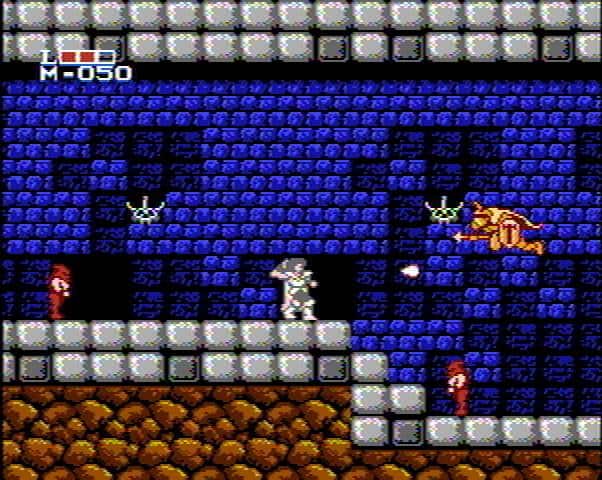
Gameplay-wise, the game resembled typical 2D adventure games such as Castlevania and shared many of the same design quirks that made that game so hard.
Enemy design forced you to memorize a large number of movement patterns and if you didn’t have patience (most kids don’t), getting through some of the later waves of foes was virtually impossible.
The game gave you several items, such as a bracelet, cape, and staff that increased your strength and stamina; but none of these things helped.
Some of the jumps in the later stages were very tricky, especially because there was a very annoying delay between hitting the jump button and the action taking place on the screen.
Holy Diver is a good game that was marred by some very cheap deaths.
Ninja Gaiden
Developed and Published by Tecmo in 1989, Ninja Gaiden was so difficult it defined a level of difficulty which would haunt hardcore gamers for years: “Nintendo Hard”.
If a game was Nintendo Hard, you could bet your sweet money that it had the potential to induce rage-filled curses and other angry expletives, as well as its fair share of sadness and frustrated tears.
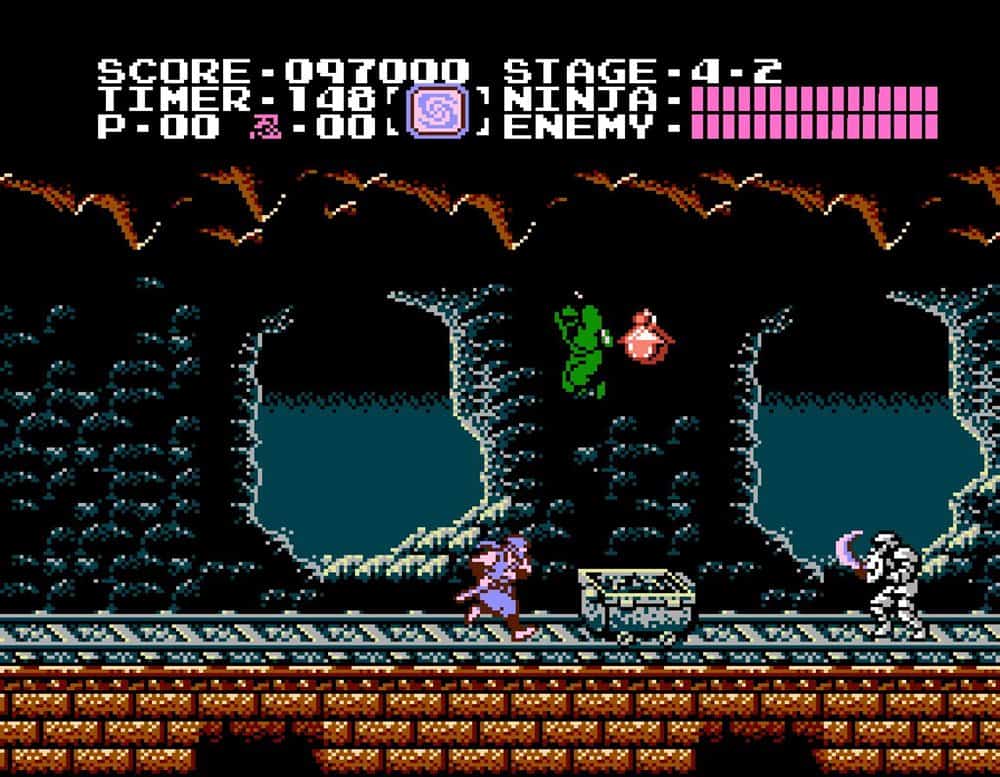
Ninja Gaiden followed the story of Ryu Hayabusa as he battled hordes of enemies with his sharp katana and deadly ranged weapons that included boomerang-like stars and magical fireballs.
While some games are hard due to poor design, Ninja Gaiden’s legendary difficulty was entirely intentional. The developers have stated that they wanted the game to have a hardcore difficulty and for only the best players to be able to conquer it.
Mega Man
But which one? I think just about every game in the series could be considered a hard game. Yet as the series progressed, new moves became available and Capcom was able to tweak out some of the early grievances, so in this case, we are talking about the first Mega Man.
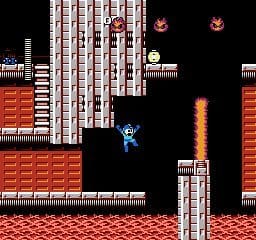
With no direction, pixel-perfect platforming, and epic unforgiving boss battles, Mega Man is a game that can get really frustrating really quickly. But even as you are rage quitting for the hundredth time, you still pick the controller back up to try again.
When I say no direction, I mean boss ordered. As hard as the game is, it does become significantly easier if you defeat the bosses in the correct order. Of course, we all know the correct order now but in the 80s there was no internet. Unless you had a know-it-all friend you were SOL.
Thank goodness for continues.
Gauntlet
Back in the day, all versions of Gauntlet were hard and the NES release is no different.
If you are playing for the first time, you feel a unique back and forth in difficulty. The developers did a really good job of ramping things up as you go along.
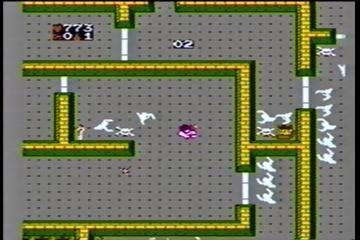
Once you kill the first few enemies you are like ok. Then it gets harder, then you get better, then it gets harder again, and this cycle continues through all 100 levels of the game
Yes, 100 levels. Not only does this game get progressively harder as it goes along, but it also does so over 100 levels, this truly is a gauntlet.
100 levels are not the only hurdle. The enemies do significant damage and they spawn so quickly it is easy to become overwhelmed. While there are tons of chests to loot, the game is sparse on food and health upgrades.
And if things were not hard enough this game sticks it to you by implementing a constant health drain. Every second your health meter goes down by one. That means no standing around, no making a plan, no trying to figure things out. You have to press on or you lose.
Kid Icarus
Kid Icarus is a classic Nintendo franchise that has only recently been given the reboot treatment. It is surprising they took so long because the fan base was there and it seemed like an easy universe to expand on.
Sadly the first game for the NES may have deterred more fans than it received, and for a really silly reason. The game starts off hard.
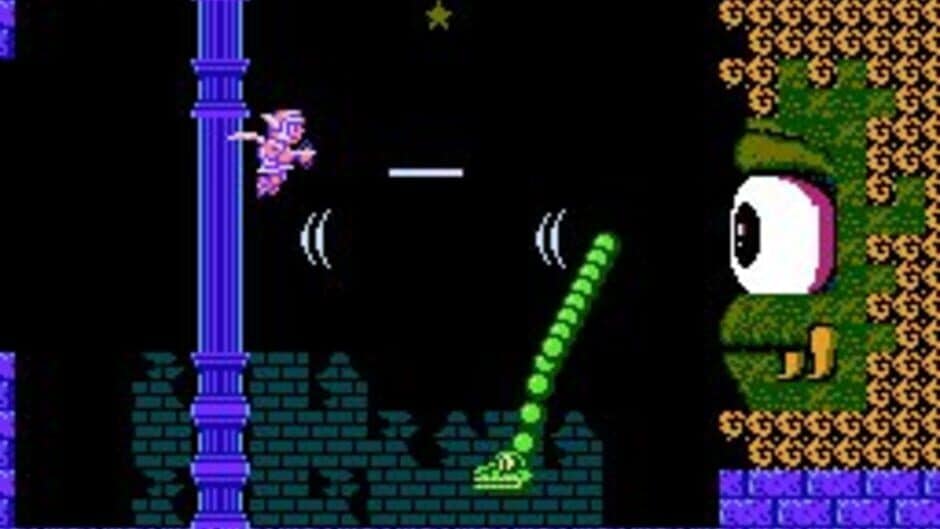
I mean really hard. You will die over and over again in the first level. Then the same thing will happen on the second, and third.
As you play through the levels something begins to happen. You get more health, your weapons become stronger, and the game becomes easier.
Unlike most games on this list where the difficulty scales up, Kid Icarus scales down. I wonder how many 80s kids played this for the first time and got discouraged by the rage-inducing first few levels.
Ghosts and Goblins
G&G has been ranked among the most difficult games made for the NES for as long as I can remember. No other game on this list receives as much derision from fans and critics alike, as Ghosts and Goblins.
Developed by Capcom in 1985, this side-scrolling platformer is devilishly difficult to beat.
Players take control of the Knight Arthur as he battles hordes of zombies, demons, dragons, and other varied monsters on his quest to rescue a kidnapped princess.
Why is this game considered so excruciatingly difficult? Well, first of all, it only takes one hit to kill you (two if you have picked up the armor item). As if that weren’t enough, the platforming is extremely tight and requires precise control of the character.
Oh, and the hordes of demons you have to defeat? Yeah, they are truly horde-like and seemingly endless.
Did I mention the tight deadline keeping you moving forward at all times? If you play this game slow and methodically, you lose. You’ll have to play it with a desperate sense of urgency if you want even the slightest chance to beat it.
Of course, playing it fast and furious will only prime you for costly mistakes.
But out of all of the design decisions made by the developers that made this game so darned difficult, the worst offender is this: if you manage to beat this game, if you manage to overcome the unfair difficulty, and beat the final boss (SPOILER AHEAD), you would be teleported to the beginning of the first level, and asked to replay the entire thing again in a “harder” difficulty this time. That was the only way to get to the ending.
Talk about brutal.
